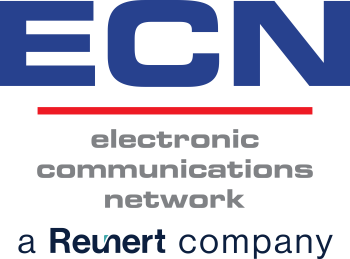Fibre optic internet is the fastest, most reliable connection for the modern home or business. The biggest stumbling block for many, however, is simply unravelling the various acronyms and terminology that defines fibre optic internet. Don’t let this stop you from investing in the best connectivity on the market though! Here’s is a breakdown of fibre terminology and what it means for you.
Fibre connectivity
Understanding the terminology
There are several types of fibre optic connections and they are all named ‘Fibre to the X’ indicating the way in which the fibre connection has been made. They all use superior fibre connections but have some subtle differences. Here are the main acronyms you will encounter.
1. Fibre to the Node (FTTN)
The fibre optic cable runs directly to a node within your home or office building. Thereafter, the internet is supplied through existing cables – usually copper.
2. Fibre to the Curb (FTTC)
The fibre optic cable runs to a location that is very close to your home or office building (‘the curb’). From there, the connection between the curb and your property will be made using existing copper cables.
3. Fibre to the Building (FTTB)
This is the most direct fibre connection available whereby the fibre optic cable extends directly into your home or office building.
4. Fibre to the Home (FTTH)
As with FTTB, the fibre optic connection will run directly into your building but this term refers specifically to a residential rather than a commercial connection.
5. Fibre to the Premises (FTTP)
This is a broader term for FTTB or FTTH, encompassing both the residential and commercial properties. Once again, this is the most direct fibre option connection on the market.
Read more: What is fibre to the business?
Pros and cons of FTTN vs FTTC vs FTTP
1. Fibre optic speeds
• FTTP has internet speeds of around 100Mbps and upload speeds of 40Mbps – although these can be significantly more in certain locations. The faster internet speeds are because FTTP eliminates the slower copper cable infrastructure.
• FTTN has internet speeds of between 50Mbps to 100Mbps, however, your proximity to the node will drastically impact your internet speeds. If you’re 700 metres from the node, you can expect speeds to decrease to about 25Mbps to 30Mbps.
• FTTC is a compromise between FTTP and FTTN connections. FTTC only needs a small amount of copper connection so speeds are improved to around 40Mbps to 80Mbps on average.
2. Equipment for fibre
• FTTN requires a VDSL2-ready modem router to share the connection throughout the building.
• FTTB also requires a VDSL2-ready modem router which is installed outside the building with a network termination device, and a power supply installed inside the building.
• FTTC use special equipment to deliver internet to the wireless router in your building. This will require a power supply and connection to a telephone wall jack.
3. Fibre cost
FTTN, FTTC and FTTP installation costs are generally the same for all three connections. Most internet service providers will charge a flat activation fee and service costs. The biggest difference is the speed tier you choose as this will impact the price. Obviously the faster the speed, the more you will pay.
4. Long-term considerations
FTTC and FTTP are often the preferred fibre connection because they are faster, have a longer life cycle and lower maintenance costs than FTTN. Where FTTN connection materials last for anywhere from 5 to 20 years, FTTC and FTTP will last between 20 and 40 years.
Read more: 5 things you didn’t know about fibre for your business
Your location is a big determinant in the fibre connection you can choose, so it’s worth discussing the various fibre options with a local internet service provider who has knowledge of the various fibre cables available. Whichever fibre option you select, you can be assured of increased internet speeds and a much more reliable connection overall.
ECN is a leading telecommunications partner in South Africa. ECN offers a broad set of cost effective voice, data and hosted services to meet our customers ever growing technological needs. Our market leading fibre solutions provide our customers with the option of replacing their existing voice service provider to substantially reduce their monthly telecommunications bill. Contact ECN today for leading telecommunications solutions.

